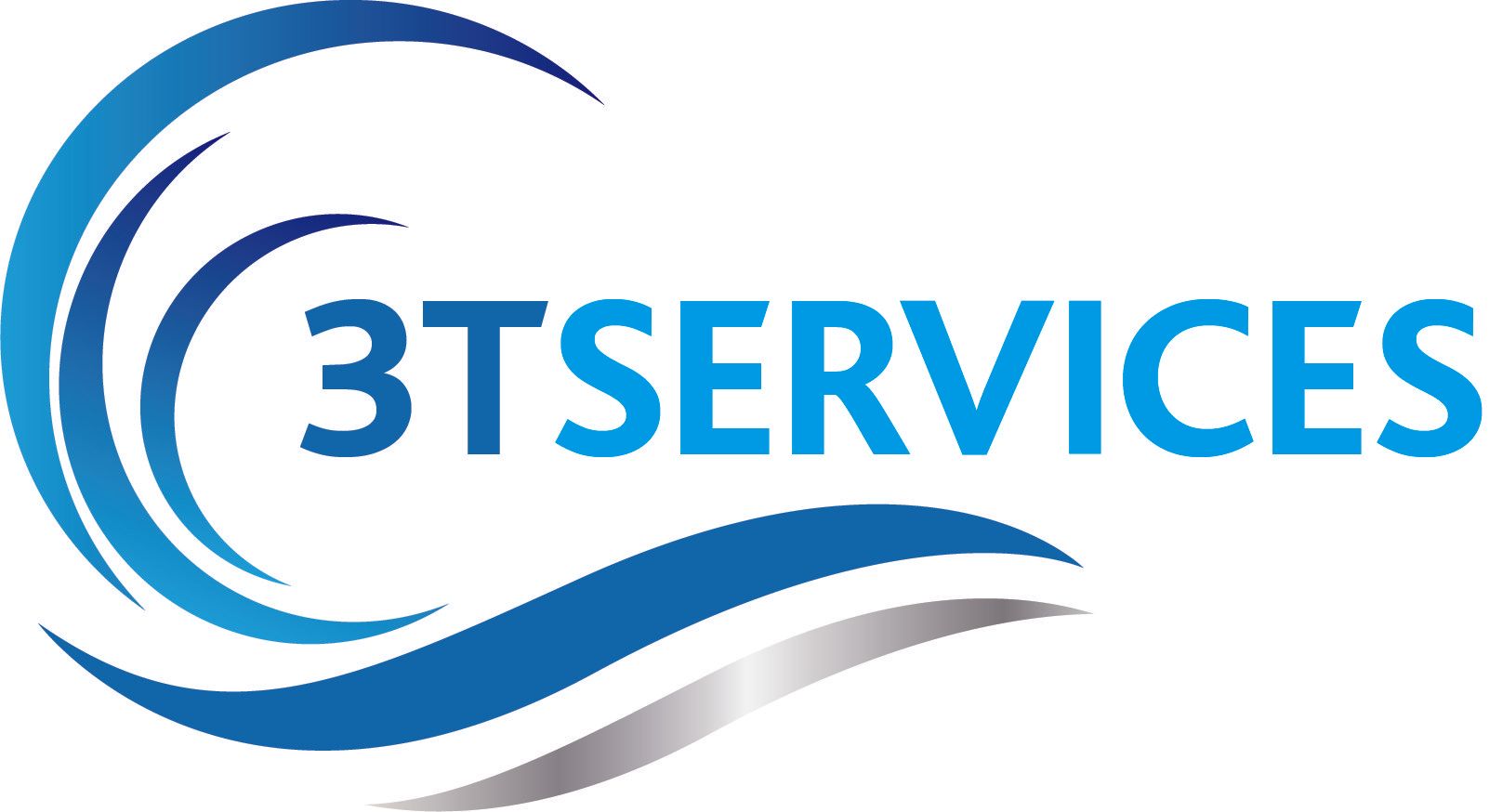FLAMMABLE REFRIGERANTS
Flammable Refrigerants - City & Guilds Level 2 Award (6187-21)
Flammable Refrigerant Training Courses
Flammable Refrigerants Training Course for Hydrocarbons (A3) and A2L Refrigerants
This qualification will increase the level of competence required under the EC Standard 378/2016, the aims of the qualification are to:
- meet the legal requirements for candidates who work or want to work with hydrocarbon and A2L Refrigerants, as engineers in the refrigeration, air conditioning and heat pump sector (RAC)
- allow candidates to learn, develop and practice the skills required for employment to work with hydrocarbon and other flammable refrigerant gases, such as HFOs & R32
- Understand the specific health and safety requirements which apply to the installation, servicing and maintaining and de-commissioning of hydrocarbon RAC systems
- Understand the environmental benefits of using hydrocarbon refrigerants
- Allow successful candidates to purchase HC refrigerants from refrigerant suppliers
The training course concludes with a theory multiple choice question paper and a practical assessment
Candidates who attend this course must already have a F-Gas qualification (C&G 2079-11, C&G 2079-12, Cskills J11 or Cskills J12)
Underpinning Knowledge
Candidates are required to;
- Identify the hazards associated with hydrocarbon refrigerants; flammability, low boiling point, asphyxiation, LFL, UFL, sources of ignition, practical limits and density.
- State and identify the commonly used refrigerant designations.
- State the requirements of hydrocarbon specific risk assessments
- Identify the appropriate fire extinguishers for work on hydrocarbon RAC systems.
- State the appropriate sources of health and safety information when installing, servicing and maintaining and de-commissioning of RAC systems
- State the regulations, codes of practice, and industry recommendations appropriate to the installation, servicing and maintenance and de-commissioning of RAC systems, including working with refrigerants.
- State the occupancy classifications and charge size limitations for refrigeration systems.
- State charge size limitations for human comfort cooling and heating for air conditioning systems.
- Identify the specific system features and components which apply to hydrocarbon systems; electrical devices, electrical enclosures, associated electrical devices (including halocarbon systems) & compressors (including starter and associated electrics).
- Identify the features and characteristics of; critical charge systems & oil compatibility.
- State the properties, advantages and disadvantages of hydrocarbon refrigerants including: leakage implications (direct and indirect), thermodynamic properties, cooling capacity and energy efficiency, density & not stenched.
- Explain why hydrocarbons are not suitable for retro-filling into halocarbon systems.
- Identify typical applications of hydrocarbon RAC systems: integral (plug in systems), fluid chillers, high stage CO2 cascade systems, split AC systems & domestic fridge freezers (ISO butane).
- State the requirements for completing a risk assessment for work on hydrocarbon RAC systems.
- State the requirements for creating and maintaining a safe working area, including requirements for temporary zoning.
- Identify appropriate tools and equipment for work on hydrocarbon RAC systems.
- Identify occupancy class.
- Identify the maximum refrigerant charge based on occupancy class.
- Calculate the maximum charge based on the practical limit.
- Determine from calculations the system specific maximum charge.
- State the methods and procedures for: strength integrity testing, tightness testing, leak testing & evacuation and dehydration.
- State the procedures for charging hydrocarbon refrigerants into systems.
- State the procedures for determining when charge is correct.
- State the records to be completed prior to handover.
- State the requirements for safely labelling hydrocarbon RAC systems.
- Specify the information that should be provided to customers, including; operation of system controls, using only appropriately trained servicing personnel & restrictions on the relocation of equipment.
- Identify appropriate ‘like for like’ replacement components for the following; electrical devices, electrical enclosures, associated electrical devices (including halocarbon systems) & compressors (including starter and associated electrics).
- State the importance of maintaining the integrity of sealed electrical enclosures.
- State appropriate methods for accessing and sealing hydrocarbon systems.
- Specify the requirements for recovering hydrocarbon refrigerants, including situations when it may be safe to vent refrigerants to atmosphere.
- State the requirements for the safe use of vacuum pumps evacuating hydrocarbon systems.
- Identify the safe procedures for handling potentially hazardous systems materials, including: hydrocarbon refrigerants.
- Identify work sequences for decommissioning and making safe a system in accordance with appropriate industry procedures.
Practical Skills
Candidates are required to;
- Complete a location specific risk assessment (using a dynamic risk assessment template).
- Establish and maintain a safe working area.
- Select appropriate tools, equipment and PPE for work on hydrocarbon RAC systems.
- Calculate the safe fill weight for the recovery cylinder (density difference between HFCs & HCs).
- Connect equipment in preparation for recovery.
- Recover hydrocarbon refrigerant to a prescribed pressure.
- Fill the system with Nitrogen to a prescribed pressure and release to atmosphere.
- Un-braze specified component.
- Re-braze specified component while purging Nitrogen through pipework.
- Pressure test joints (containment).
- Evacuate to below 2000 microns.
- Re-charge with specified refrigerant weight.
- Run system and check operation.
- Remove charging equipment.
- Seal system and complete leak test with appropriate equipment.
- Complete service records as appropriate.
It should be stressed than the standard 378/2016 does not stipulate any required qualification, only that the engineer should be competent according to EN 13313
We offer a number of training / assessment programs to suit differing levels of candidate experience. We also offer the facility to retake either the theory or practical assessments, regardless of which training centre the original assessment was taken.
Bespoke training courses, different from the choices below, can be arranged on request.
Please use the above link buttons for more information on each of the training courses
Training Diary
A complete list of all scheduled training courses and availability can be found by clicking the course dates button below
Can't find a suitable training course? Please contact us, we’re here to help!
We want to know your needs exactly so that we can provide the perfect solution. Let us know what you want and we’ll do our best to help.
